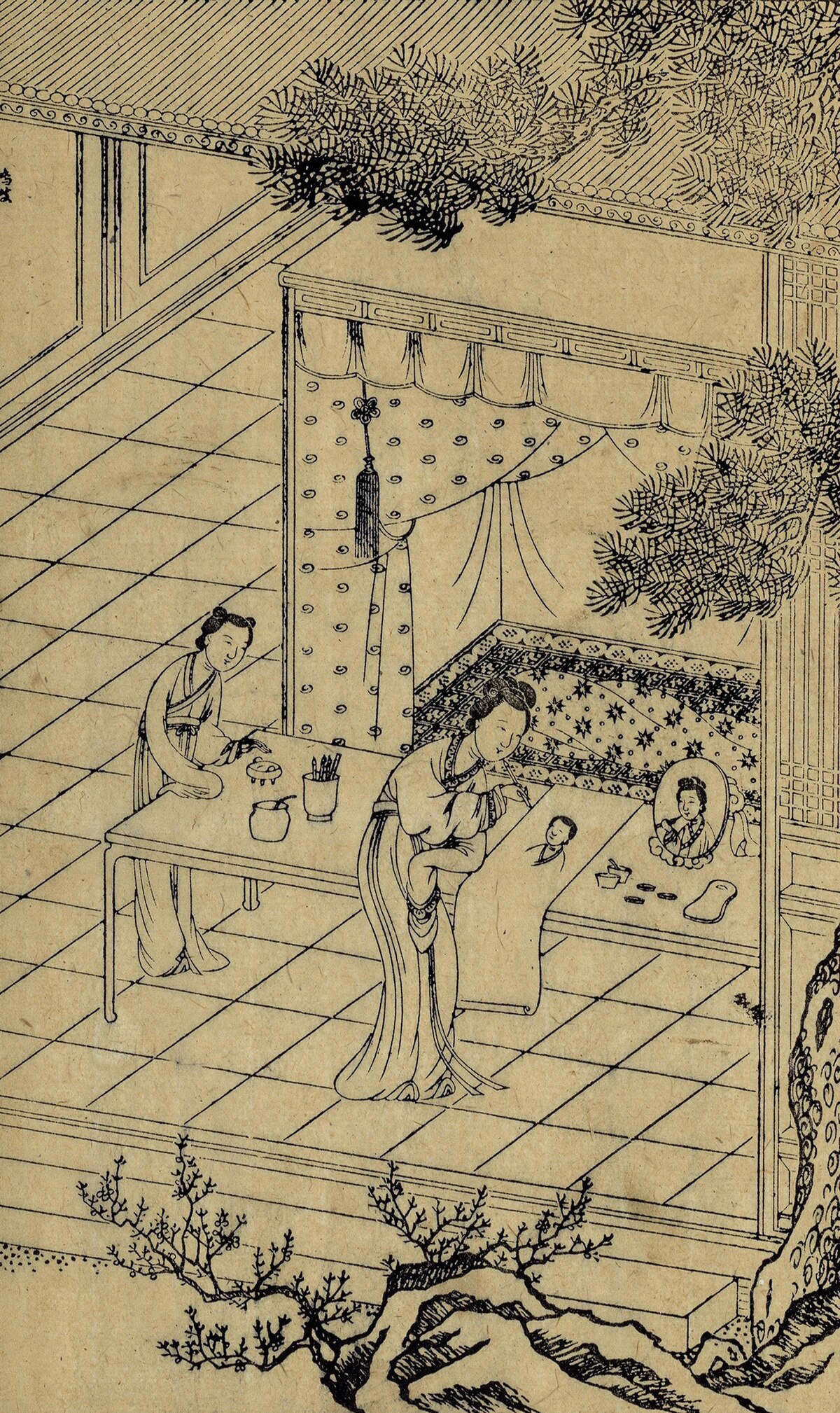
Peony Pavilion
ChinaThe Peony Pavilion, also named The Return of Soul at the Peony Pavilion, is a romantic tragicomedy play written by dramatist Tang Xianzu in 1598. The plot was drawn from the short story Du Liniang Revives For Love, and depicts a love story between Du Liniang and Liu Mengmei that overcomes all difficulties. Tang's play diverges from the short story in that it integrates elements of the Ming Dynasty, despite being set in the Southern Song.
The play was originally written for staging as Kunqu opera, one of the genres of traditional Chinese theatre arts. It was first performed in 1598 at the Pavilion of Prince Teng. Its author, Tang Xianzu, was one of the greatest dramatists and writers in the Ming Dynasty, and The Peony Pavilion can be regarded as the most successful masterpiece in his life. The play has a total of 55 scenes, which can run for more than 22 hours on stage.
